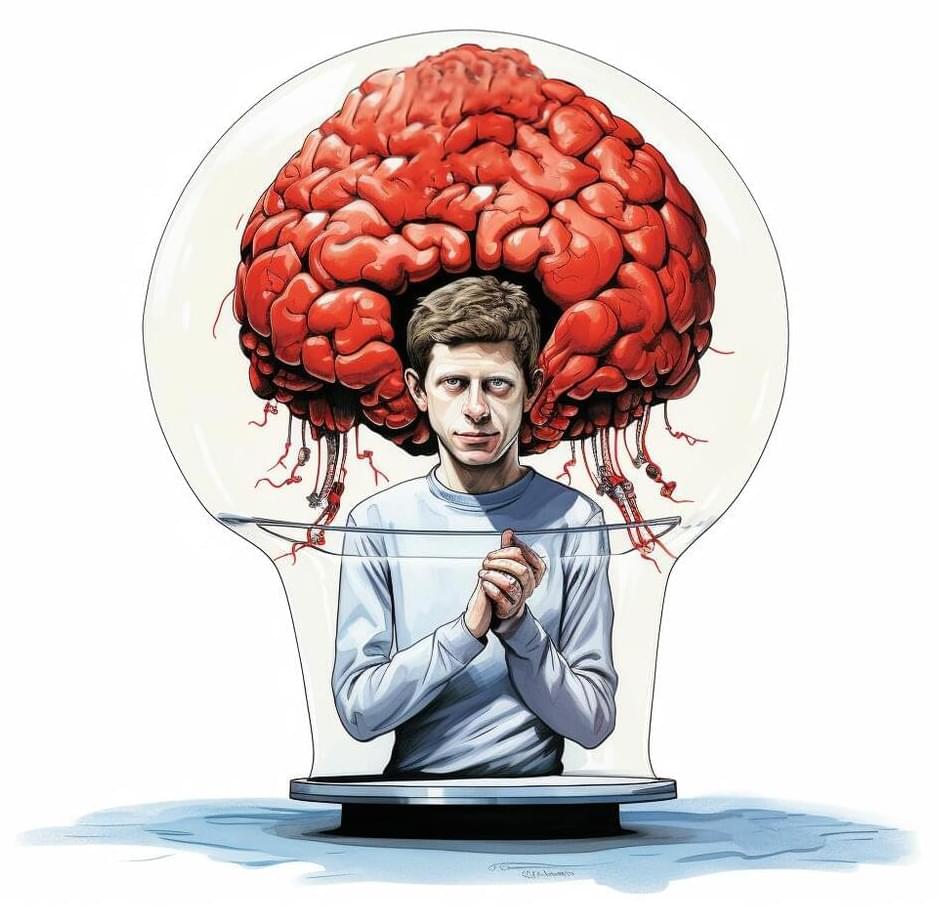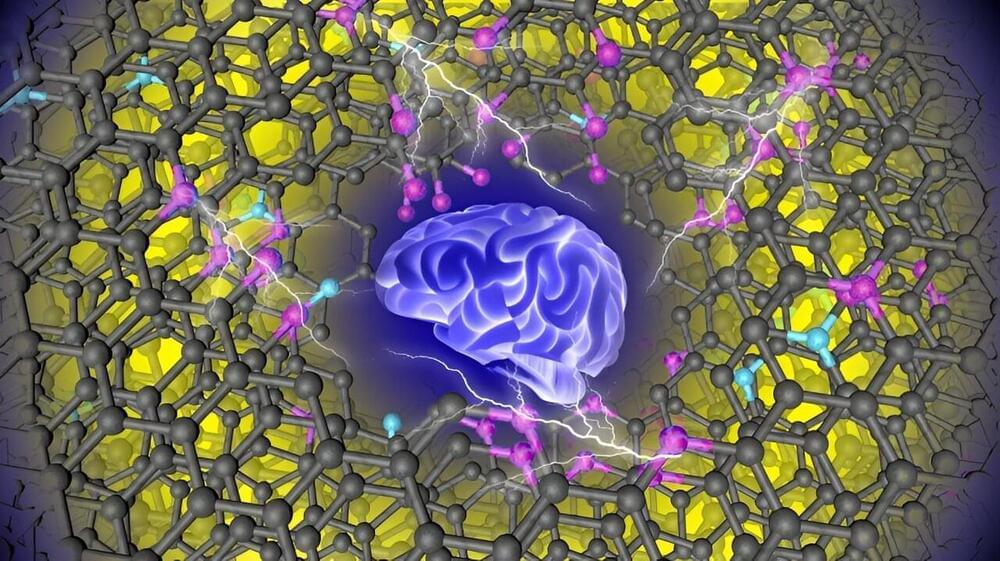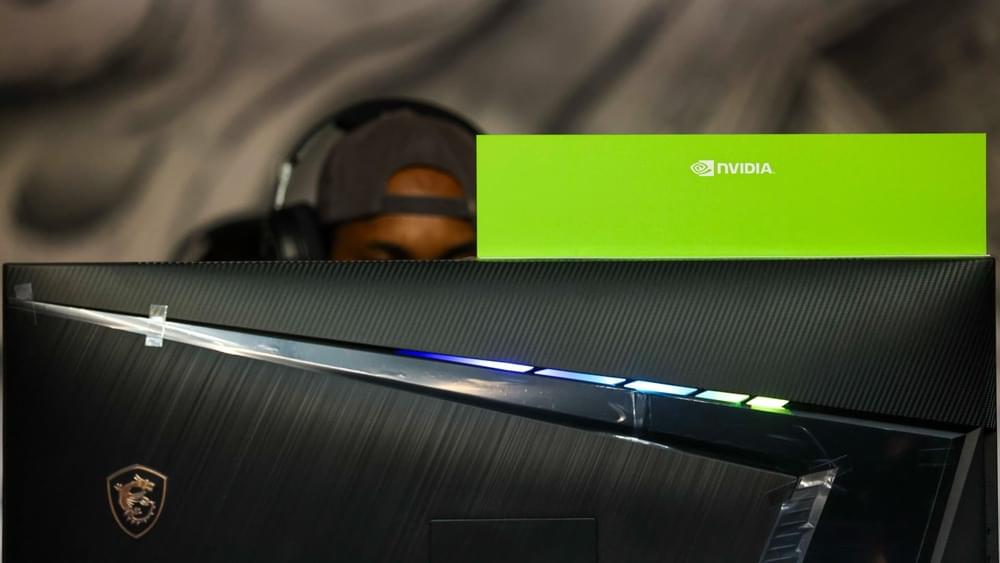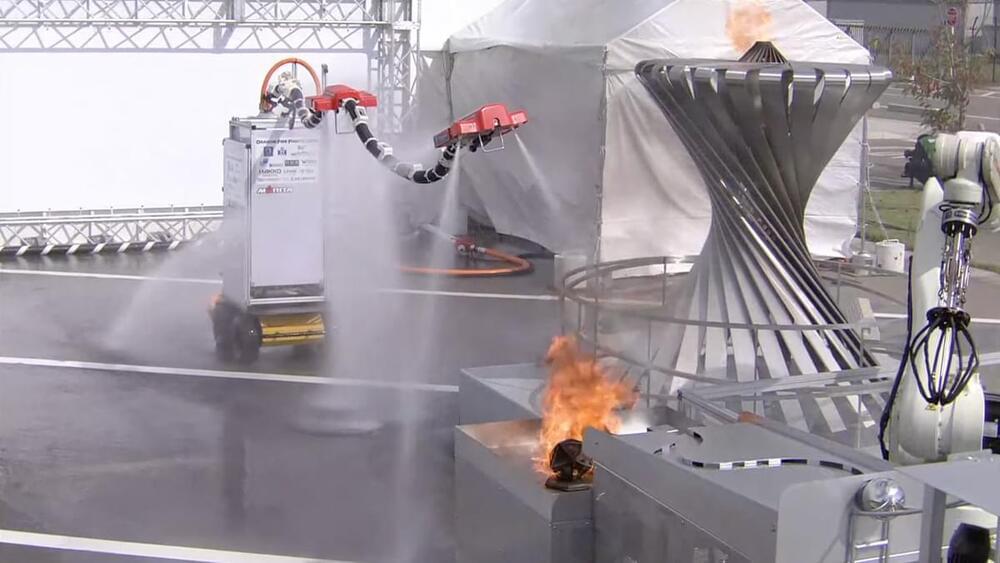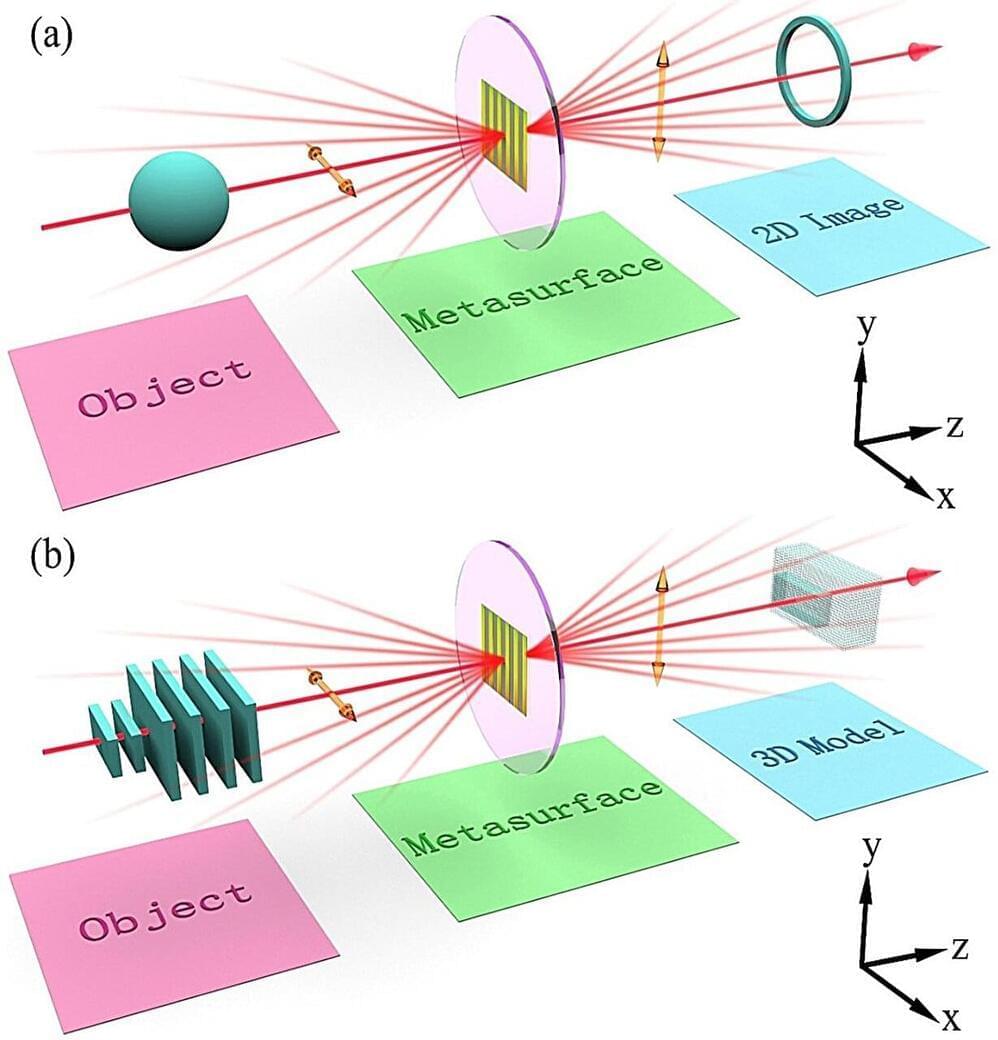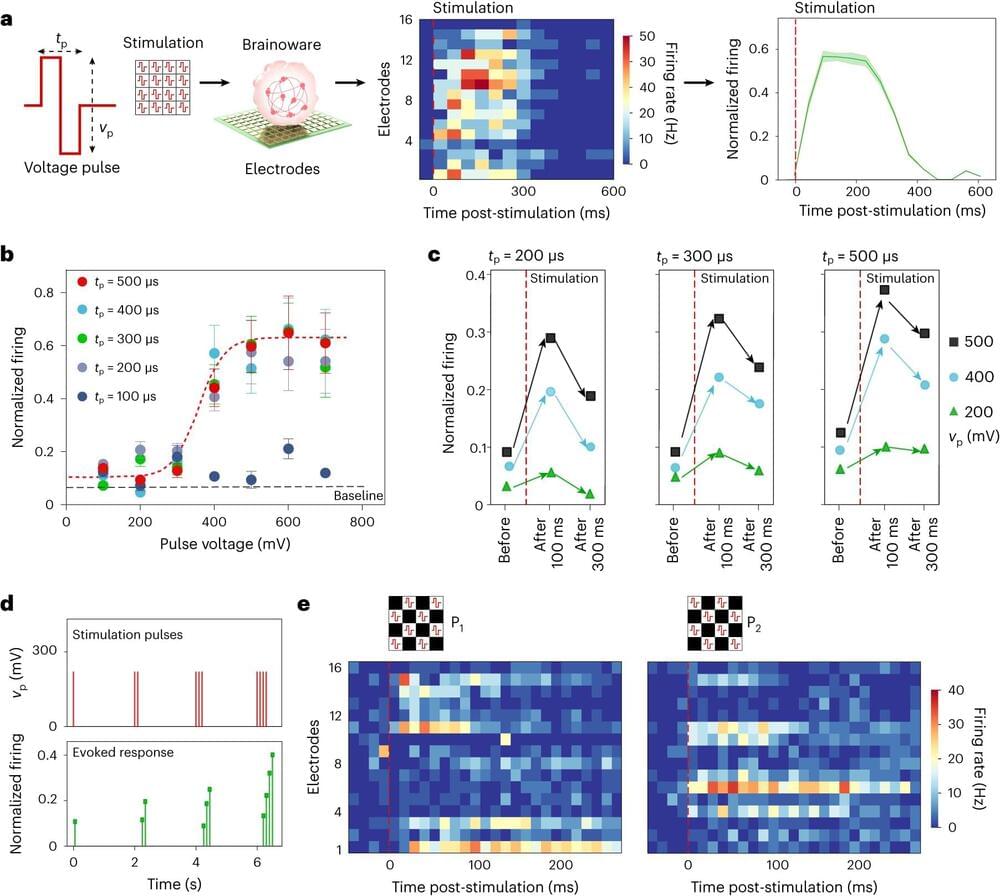Dec 24, 2023
Finally!! SpaceX Conducts New Starship Hardware Test! — SpaceX Weekly #94
Posted by Chris Smedley in categories: bitcoin, internet, robotics/AI, space travel
This week at Starbase Booster 10 joins Ship 28 at the launch site to begin its testing on the orbital launch mount, Ship 28 performs a static fire test, and SpaceX shows off its holiday spirit, while over at Cape Canaveral, Starlink launch and recovery operations continue as several tanks and a prefabricated tower section are shipped out to Brownsville.\
\
Thanks for watching this week’s LabPadre Update!\
\
If you would like to get involved with our community or learn more about Rockets and Space, please feel free to join our LabPadre Discord server at / discord \
\
X: https://x.com/LabPadre\
Instagram: / labpadre \
\
Browse our online store!\
http://shop.labpadre.com/\
\
Support us on Patreon and get special perks!\
/ labpadre \
\
Other ways you can support:\
PayPal — https://paypal.me/labpadre\
Cashapp — $LabPadre\
Venmo — @LabPadre\
BitCoin Wallet: bc1q7w0932yn2xk9ympkm2uzn28pnm90qzmplr4yew\
\
Patreon Elite/Royalty Crew: Tim Dodd, Eric Beavers, Marcus House, Matt Lowne, Zack Golden, Colin Smith, Steve Roberts, Azatht, Stumpy, Peter Lehrack, Eagle Eye Chuck, Gort, Robert Castle, Seth Count, Unreal Patch, Wil Schweitzer\
\
Special thanks to:\
Audio/Video Editors: Lucid, timmy\
Videography: LabPadre, Kevin Randolph, Spaceflight Now\
Photography: Kevin Randolph\
Clip Capture Bot: Arc\
Clip Reporting: Anomalia, DaOPCreeper, Jon Tait, Kalim, Vix, WLAnimal\
Script Editors: 61Naps, Jon Tait, Lucid\
Script Writers: WLAnimal\
\
Images may not be used without written consent from LabPadre Media or their rightful owner.


